Conservation of our natural resources has become an urgent priority in today’s world. With the increasing threat of climate change, habitat destruction, and species extinction, it is crucial to find sustainable solutions that ensure the long-term survival of our planet. One key player in this effort is civil society, which refers to the individuals and organizations outside of the government and private sector who work to promote the common good.
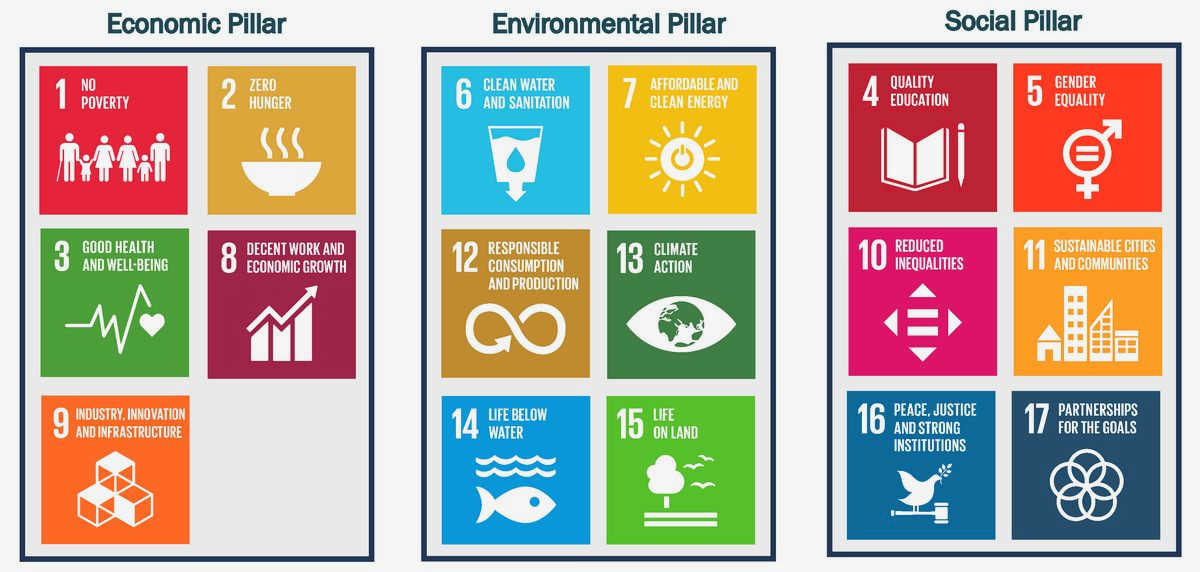
The partnership between civil society and conservation is vital for a sustainable future. Civil society organizations, such as non-governmental organizations (NGOs) and community-based groups, have the knowledge, expertise, and passion to tackle complex environmental challenges. They play a crucial role in raising awareness, mobilizing resources, and implementing innovative solutions that benefit both nature and local communities.
Building strong partnerships between civil society and conservation stakeholders is essential for achieving effective and lasting results. By collaborating with governments, businesses, and local communities, civil society can leverage their collective strengths and resources to address pressing issues like deforestation, pollution, and species protection. These partnerships foster an inclusive and participatory approach to conservation, ensuring that diverse perspectives are valued and integrated into decision-making processes.
Furthermore, civil society organizations often act as a vital bridge between local communities and conservation efforts. Their presence on the ground enables them to work closely with indigenous peoples, marginalized groups, and other stakeholders who rely on natural resources for their livelihoods. By engaging communities in conservation initiatives, civil society helps empower them to become active agents of change and stewards of their own environment.
In conclusion, civil society is a critical force in the fight for conservation and sustainability. Through their expertise, grassroots engagement, and collaborative partnerships, civil society organizations can make a significant impact on preserving our natural world for future generations. By working together, we can build a sustainable future that balances the needs of people and the planet.
Civil Society and Conservation
Civil society plays a crucial role in conservation efforts by collaborating with various stakeholders to promote sustainable practices and protect the environment. Through their collective action and advocacy, civil society organizations and individuals can drive positive change and ensure the long-term health and survival of our natural resources.
The Role of Civil Society Organizations:
Civil society organizations, such as non-governmental organizations (NGOs), community-based organizations (CBOs), and grassroots movements, are at the forefront of conservation efforts. They work on the ground to engage local communities, raise awareness about environmental issues, and implement conservation projects. These organizations often have a deep understanding of the local context and the specific challenges faced by the communities they work with, allowing them to design and implement effective conservation initiatives.
Collaboration and Partnerships:
Building strong partnerships between civil society organizations, governments, and other stakeholders is crucial for successful conservation. These partnerships can ensure the sharing of knowledge, resources, and expertise, as well as the coordination of efforts and the development of comprehensive conservation strategies. By working together, civil society and other stakeholders can leverage their respective strengths and create a more sustainable and inclusive approach to conservation.
Advocacy and Policy Influence:
Civil society plays a vital role in advocating for environmental policies and influencing decision-making processes at various levels. Through research, campaigns, and lobbying efforts, civil society organizations can raise awareness about pressing environmental issues, mobilize public support, and push for policy changes that promote conservation and sustainable development. Their ability to amplify the voices of local communities and marginalized groups ensures that conservation efforts are inclusive and address social and environmental justice.
Education and Awareness:
Civil society organizations are instrumental in raising public awareness and promoting education about conservation. They organize workshops, trainings, and awareness campaigns to empower individuals and communities to take action. By providing information about sustainable practices, the importance of biodiversity, and the impacts of human activities on the environment, civil society organizations inspire individuals to make informed choices and adopt more environmentally-friendly behaviors.
Civil Society and Conservation Funding:
While civil society organizations are essential for conservation efforts, they often face financial constraints. Governments, philanthropic foundations, and private donors play a vital role in supporting these organizations through funding and grants. By investing in civil society, these stakeholders can help build the capacity of organizations, ensure their long-term sustainability, and maximize the impact of conservation efforts.
In conclusion, civil society is a critical force in conservation, bringing together diverse stakeholders, advocating for change, and empowering individuals and communities. By working collaboratively and leveraging their unique strengths, civil society organizations can contribute to building a more sustainable future for our planet.
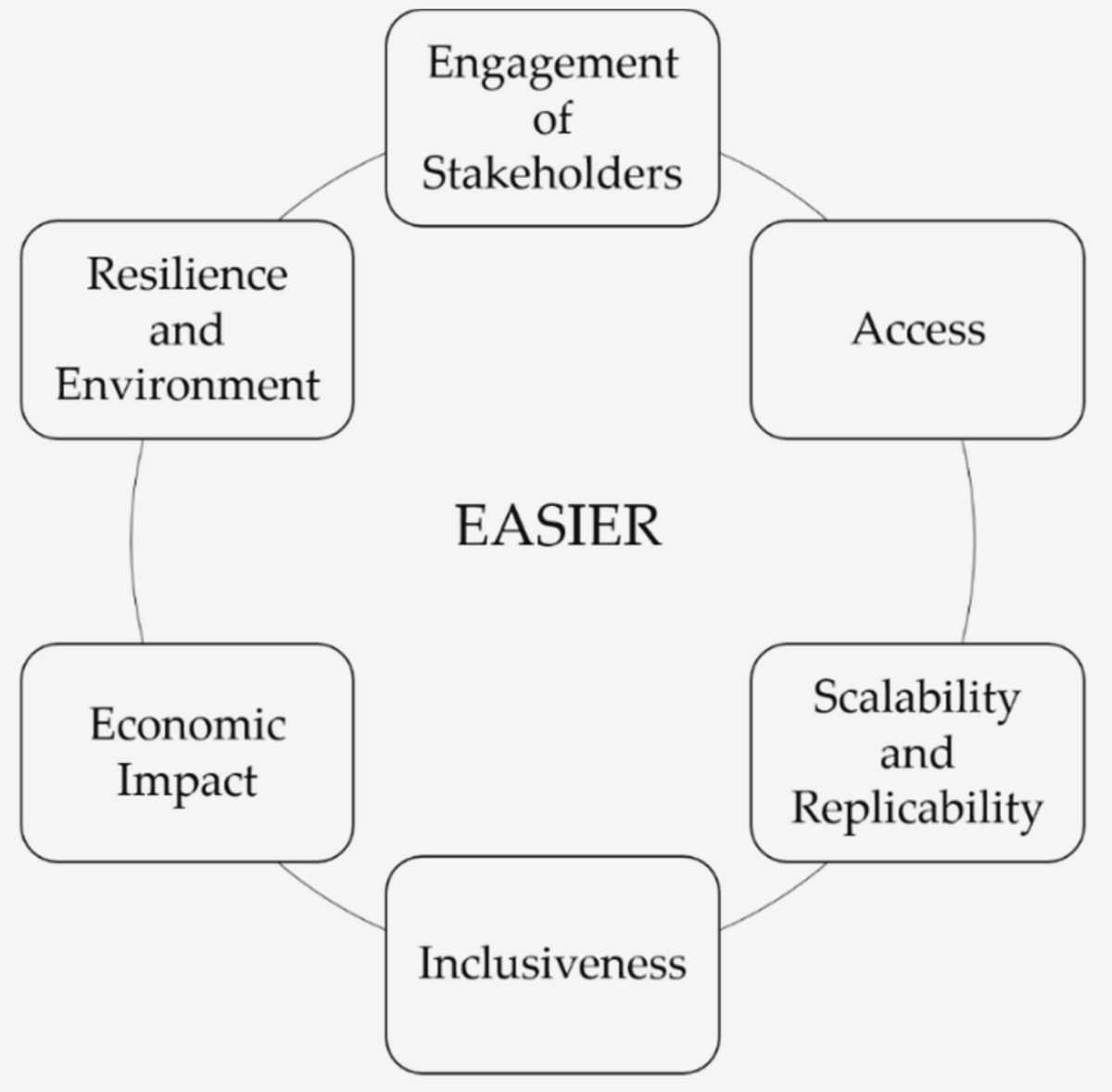
The Importance of Civil Society in Conservation Efforts
Civil society plays a crucial role in conservation efforts by mobilizing communities, raising awareness, and advocating for environmental protection. Through their collective action, civil society organizations have the power to drive positive change and foster sustainable practices.
Mobilizing communities
Civil society organizations have the ability to mobilize communities and engage individuals in conservation efforts. By organizing community events, workshops, and awareness campaigns, they can educate people about the importance of protecting the environment and encourage them to take action. Through these efforts, civil society can build a strong network of individuals who are committed to conservation and willing to work towards a sustainable future.
Raising awareness
Civil society organizations play a key role in raising awareness about environmental issues. They use various platforms and communication channels to inform the public about the threats facing our ecosystems and the importance of conservation. By sharing knowledge and scientific research, civil society can empower individuals to make informed decisions and take steps to mitigate their impact on the environment.
Advocating for environmental protection
Civil society organizations act as advocates for environmental protection, pushing for policy changes and holding governments and corporations accountable for their actions. Through lobbying, campaigning, and public outreach, they work to ensure that laws and regulations are in place to safeguard our natural resources. By advocating for stronger environmental policies, civil society can help create a legal framework that promotes conservation and sustainability.
In conclusion, civil society plays a critical role in conservation efforts by mobilizing communities, raising awareness, and advocating for environmental protection. Their collective efforts are essential in building a sustainable future and preserving our planet for future generations.
Strengthening Community Engagement in Conservation
The involvement of local communities is crucial in achieving successful conservation outcomes. When communities have a sense of ownership and responsibility for their natural resources, they are more likely to be actively involved in conservation efforts.
One way to strengthen community engagement in conservation is through education and awareness programs. By providing information about the importance of conservation and the role that communities can play in protecting the environment, individuals are empowered to make informed decisions and take action.
Another important aspect is involving local communities in decision-making processes. By including community representatives in discussions and planning, their perspectives and knowledge can be taken into account, leading to more effective and sustainable conservation strategies.
Empowering communities
Empowering local communities is an essential step in strengthening their engagement in conservation. This can be done through capacity-building initiatives that provide training and skills development opportunities. By equipping individuals with the knowledge and tools they need, they can actively contribute to conservation efforts and take on leadership roles within their communities.
Collaboration and partnerships are also key to strengthening community engagement. Civil society organizations, government agencies, and non-profit organizations can work together with local communities to develop and implement conservation projects. This collaboration not only combines resources and expertise but also ensures that projects are aligned with the needs and priorities of the community.
Creating incentives
Creating incentives for community engagement in conservation can further encourage participation. This can include offering benefits such as access to alternative livelihood options or financial incentives for communities that actively participate in conservation activities. By recognizing and rewarding community efforts, individuals are more likely to be motivated to continue their involvement in conservation.
In conclusion, strengthening community engagement is vital in achieving successful conservation outcomes. Through education, empowerment, collaboration, and incentives, communities can become active partners in the conservation of their natural resources, leading to a more sustainable future for all.
Collaborating with Non-Governmental Organizations for Conservation
1. Identifying Suitable NGO Partners
Collaborating with non-governmental organizations (NGOs) is essential for effective conservation efforts. When looking for suitable NGO partners, it is important to consider their missions, values, and track records in conservation work. Look for NGOs that have a strong commitment to environmental preservation and a proven track record of successful conservation projects.
For example, an NGO that focuses on protecting endangered species may be a good partner for a project aimed at conserving a specific animal species.
2. Establishing Clear Roles and Responsibilities
Before starting a collaboration with an NGO, it is crucial to establish clear roles and responsibilities for each party involved. Define the specific tasks and objectives that each organization will contribute to the project. This will ensure that everyone is on the same page and working towards a common goal.
For instance, the NGO may be responsible for conducting research and providing expertise, while another organization may handle the implementation of conservation initiatives.
3. Sharing Resources and Expertise
Collaborating with NGOs allows for the sharing of resources and expertise, which can greatly enhance conservation efforts. NGOs often have access to specialized knowledge, funding opportunities, and partnerships that can contribute to the success of a conservation project. It is important to leverage these resources and work together to maximize impact.
For example, an NGO may have connections with local communities that can provide valuable insights into conservation challenges and help with community engagement.
4. Building Strong Communication Channels
Effective communication is essential for successful collaboration with NGOs. Establish regular communication channels to exchange information, updates, and feedback. This can be done through regular meetings, email correspondence, or online platforms. Clear and open communication will ensure that all parties are informed and can address any challenges or issues that arise.
5. Evaluating and Monitoring Progress
Regular evaluation and monitoring of the progress of the collaboration is crucial to ensure that the conservation goals are being met. Set benchmarks and targets to measure success and regularly assess the impact of the partnership. This will help identify areas for improvement and make necessary adjustments to ensure the success of the conservation project.
For instance, regular monitoring can help determine if the project is effectively protecting a specific habitat or if adjustments need to be made to the conservation strategies.
In conclusion, collaborating with non-governmental organizations is vital for successful conservation efforts. By identifying suitable NGO partners, establishing clear roles and responsibilities, sharing resources and expertise, building strong communication channels, and evaluating progress, strong partnerships can be formed to achieve a sustainable future for our planet.
Building Partnerships with Indigenous Communities for Sustainable Conservation
Conservation efforts can only be truly successful when they involve and respect the rights and knowledge of indigenous communities. Indigenous communities have a deep connection with their land and have been practicing sustainable ways of living for centuries. By building partnerships with these communities, we can tap into their traditional knowledge and practices, and work together to create sustainable conservation strategies.
Empowering Indigenous Communities: Building partnerships with indigenous communities is not just about involving them in decision-making processes, but also about empowering them. This means respecting their rights, recognizing their traditional knowledge, and valuing their contributions. It is important to ensure that indigenous communities have a say in the design and implementation of conservation projects, and that they are able to benefit from the outcomes.
Recognizing Traditional Knowledge: Indigenous communities have a wealth of traditional knowledge that has been passed down through generations. This knowledge includes sustainable agriculture practices, medicinal uses of plants, and ways of managing natural resources. By recognizing and incorporating this traditional knowledge into conservation efforts, we can create more effective and sustainable solutions that benefit both the environment and indigenous communities.
Collaborative Conservation Strategies: Building partnerships with indigenous communities allows for the development of collaborative conservation strategies. These strategies can take into account the needs and perspectives of indigenous communities, while also addressing the broader conservation goals. By working together, we can ensure that conservation efforts are culturally appropriate, socially just, and environmentally sustainable.
Sharing Benefits: Indigenous communities should not just be seen as stakeholders in conservation projects, but as active participants who should also benefit from the outcomes. This can be achieved through the creation of economic opportunities, such as sustainable tourism initiatives that allow indigenous communities to showcase their culture and traditional practices. By sharing the benefits of conservation, we can create incentives for indigenous communities to continue their sustainable practices and to actively contribute to conservation efforts.
In conclusion, building partnerships with indigenous communities is crucial for sustainable conservation. By empowering these communities, recognizing their traditional knowledge, and developing collaborative strategies, we can create more effective and inclusive conservation efforts that benefit both the environment and indigenous communities.
Empowering Youth in Conservation Initiatives
One of the key components of building a sustainable future is empowering youth to actively participate in conservation initiatives. Young people are the future leaders and decision-makers, and involving them in conservation efforts can help ensure long-term environmental stewardship.
One way to empower youth in conservation initiatives is by offering them educational opportunities. By providing young people with the knowledge and skills needed to understand and address environmental challenges, they can become effective advocates for conservation. This can be done through workshops, training programs, and educational campaigns that focus on topics such as biodiversity, climate change, and sustainable development.
Another way to empower youth in conservation initiatives is by actively involving them in decision-making processes. Youth should be given a platform to voice their opinions and contribute to the development and implementation of conservation strategies. This can be achieved through youth forums, advisory boards, and mentorship programs where young people can collaborate with experts and policymakers.
Furthermore, creating opportunities for youth to actively participate in hands-on conservation projects can empower them to take ownership of environmental issues. This can include engaging young people in activities such as tree planting, habitat restoration, and wildlife monitoring. Through these projects, youth can develop a sense of responsibility and connection to the natural world, fostering a lifelong commitment to conservation.
Additionally, it is important to provide mentorship and support for young people interested in pursuing careers in conservation. By connecting youth with experienced professionals in the field, they can gain valuable insights and guidance. Mentorship programs can also help young people build networks and access resources that can further their conservation efforts.
In summary, empowering youth in conservation initiatives is crucial for building a sustainable future. By offering educational opportunities, involving them in decision-making processes, providing hands-on experiences, and offering mentorship and support, young people can become effective agents of change in environmental conservation.
Leveraging Technology for Effective Conservation
Technology has become an invaluable tool in the field of conservation, enabling organizations to monitor, analyze, and protect our natural resources more effectively than ever before. Through the use of innovative technologies, such as remote sensing, satellite imaging, and data analytics, conservationists are able to gather high-quality information about ecosystems and biodiversity, identify areas of concern, and develop targeted conservation strategies.
One of the key advantages of leveraging technology in conservation efforts is the ability to collect real-time, accurate data on a large scale. For example, remote sensing techniques allow researchers to monitor changes in land cover, vegetation health, and water quality over vast areas, providing valuable insights into the impact of human activities on the environment. This data can then be analyzed using advanced algorithms and machine learning techniques, enabling conservationists to make informed decisions and prioritize conservation actions based on the most pressing needs.
Technology also plays a crucial role in raising awareness and engaging the public in conservation efforts. Through the use of social media platforms, websites, and mobile apps, organizations can share information about conservation projects, highlight success stories, and encourage individuals to take action. Moreover, technology enables citizen science initiatives, where people from all walks of life can contribute to scientific research by collecting and reporting data on species distribution, habitat quality, and environmental changes.
In addition to data collection and communication, technology is also instrumental in the development and implementation of conservation strategies. Geographic Information Systems (GIS) software allows conservationists to map and visualize spatial data, identifying areas of high conservation value and areas that are at risk. This information can then be used to inform land use planning, establish protected areas, and design effective conservation corridors to connect fragmented habitats.
Overall, the leveraging of technology for conservation purposes has revolutionized the way we approach and address environmental challenges. By harnessing the power of technology, we are able to gather accurate data, engage the public, and develop targeted strategies, ultimately leading to more effective conservation efforts and a sustainable future for all.
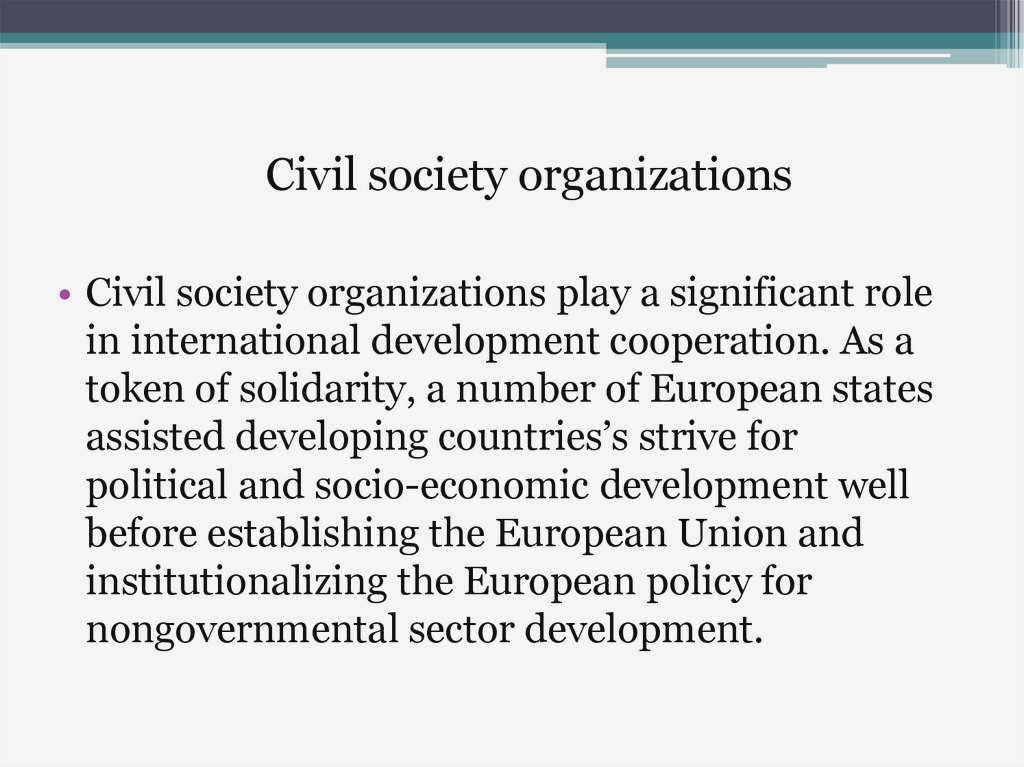
Promoting Sustainable Tourism as a Conservation Strategy
As the global tourism industry continues to grow, it becomes increasingly important to promote sustainable tourism practices as a conservation strategy. Sustainable tourism aims to minimize the negative impact of tourism on the environment and local communities, while maximizing the economic benefits and preserving cultural heritage.
Benefits of Sustainable Tourism
Sustainable tourism offers numerous benefits for both the environment and local communities. By promoting responsible tourism practices, such as reducing waste and conserving water and energy, we can help protect fragile ecosystems and mitigate climate change. Additionally, sustainable tourism can create economic opportunities for local communities, supporting job creation and the preservation of traditional livelihoods.
Partnerships and Collaboration
Building strong partnerships between civil society organizations, government agencies, and the private sector is crucial for promoting sustainable tourism. Collaborative efforts can help develop and implement policies and regulations that prioritize sustainability and ensure compliance within the industry. By working together, we can also raise awareness and educate tourists about the importance of responsible travel and encourage them to make eco-friendly choices.
Furthermore, partnerships can facilitate knowledge exchange and capacity building, allowing local communities and businesses to develop sustainable tourism practices. This can include training programs on waste management, promoting sustainable agriculture, and supporting the establishment of eco-friendly accommodations.
Engaging Local Communities
Engaging local communities is key to the success of sustainable tourism initiatives. By involving them in decision-making processes and giving them a voice, we can ensure that their needs and aspirations are taken into account. This can be done through community consultations, participatory planning, and the establishment of community-based tourism enterprises.
In addition, empowering local communities to become stewards of their natural and cultural heritage can foster a sense of ownership and responsibility. This can include providing opportunities for local employment within the tourism industry, supporting community-led conservation projects, and promoting cultural exchanges between tourists and locals.
Overall, promoting sustainable tourism as a conservation strategy requires the collaboration and commitment of various stakeholders. By adopting sustainable practices, engaging local communities, and building strong partnerships, we can create a future where tourism and conservation go hand in hand for the benefit of the planet and its people.
Engaging Businesses in Conservation Partnerships
Businesses play a crucial role in conservation efforts, as they have the resources and influence to drive positive change. Engaging businesses in conservation partnerships can lead to sustainable practices that protect the environment and support biodiversity.
To effectively engage businesses, it is important to highlight the benefits of conservation partnerships. The first step is to emphasize how these partnerships can enhance a company’s reputation and demonstrate its commitment to sustainability. This can attract environmentally conscious customers and investors who prioritize companies that prioritize conservation.
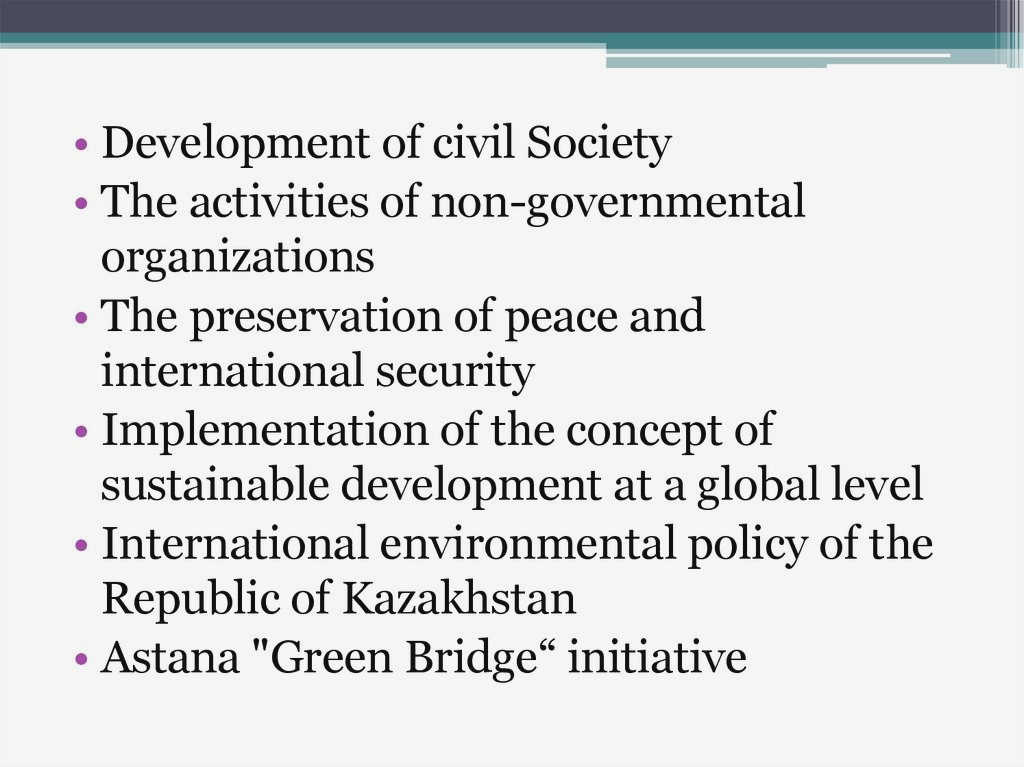
Another approach is to demonstrate the cost-saving potential of conservation partnerships. For example, through energy efficiency measures or sustainable supply chain management, businesses can reduce their operational costs while also minimizing their environmental impact. This can be an appealing incentive for businesses to become engaged in conservation partnerships.
Collaboration is key when engaging businesses in conservation partnerships. By working together, civil society organizations can share knowledge and expertise with businesses, helping them implement sustainable practices. This collaboration can also lead to innovative solutions that address environmental challenges and promote responsible business practices.
Creating a platform for dialogue and exchange between businesses and civil society organizations is crucial for successful engagement in conservation partnerships. This can be achieved through workshops, conferences, and networking events where businesses can learn about the benefits of conservation and connect with organizations that share similar goals.
Transparency is essential when working with businesses on conservation partnerships. It is important to clearly communicate the goals, expectations, and outcomes of the partnership to ensure mutual understanding and trust. Regular monitoring and reporting can also help track the progress of the partnership and hold all parties accountable.
In conclusion, engaging businesses in conservation partnerships has the potential to create lasting positive impact for the environment. By highlighting the benefits, demonstrating cost-saving potential, fostering collaboration, and promoting transparency, civil society organizations can effectively involve businesses in sustainable conservation efforts.
Advocating for Policy Changes to Support Conservation Efforts
One key aspect of building strong partnerships for a sustainable future is advocating for policy changes that support conservation efforts. By working with civil society organizations, policy makers can implement regulations and laws that protect the environment and promote sustainable practices.
Collaboration with civil society: Civil society organizations play a crucial role in advocating for policy changes that support conservation efforts. These organizations have the knowledge, expertise, and networks to influence policy makers and raise awareness about the importance of protecting the environment. By collaborating with civil society, policy makers can gain valuable insights and ensure that their policy decisions are informed and effective.
Evidence-based approach: Advocating for policy changes to support conservation efforts requires a strong evidence-based approach. Policy makers need to rely on scientific research and data to understand the impact of their decisions and the potential benefits of conservation. By gathering and analyzing evidence, civil society organizations can present compelling arguments and recommendations to policy makers, helping them make informed decisions that support conservation efforts.
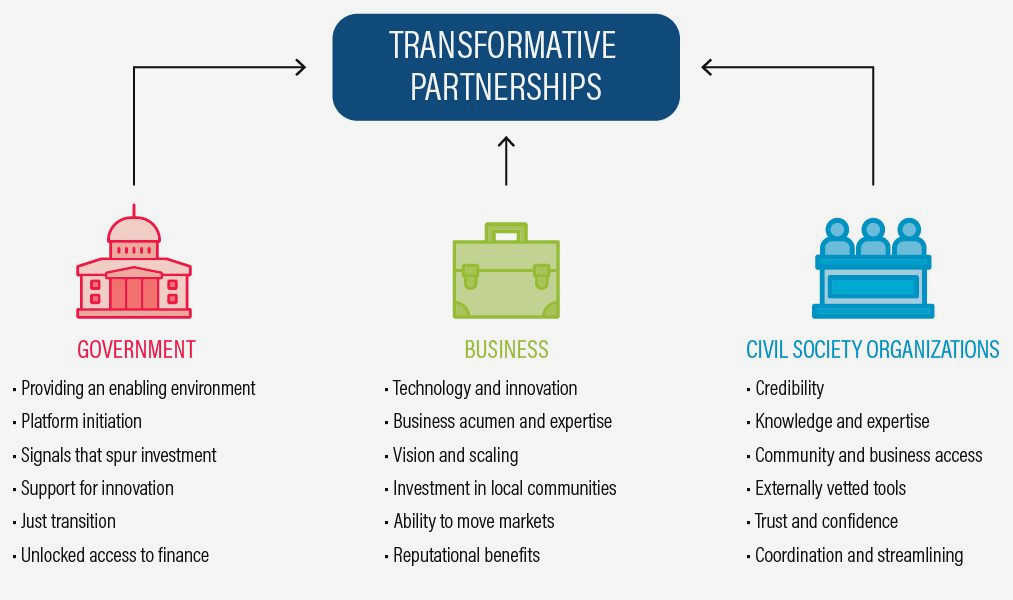
Engaging stakeholders: In order to successfully advocate for policy changes, it is important to engage a wide range of stakeholders. This includes government officials, local communities, businesses, and other relevant parties. By involving stakeholders in the decision-making process, policy makers can ensure that their policies are equitable and address the needs and concerns of different groups. Engaging stakeholders also increases the chances of policy implementation and long-term success.
International collaboration: Conservation efforts often require international collaboration and cooperation. Advocating for policy changes on a global scale is essential to address pressing environmental issues such as climate change and biodiversity loss. By working together with other countries and international organizations, policy makers can create policies that have a significant impact and ensure a sustainable future for all.
Educating the public: In order to gain public support for policy changes that support conservation efforts, it is important to educate the public about the importance of environmental protection. Civil society organizations can play a key role in raising awareness and educating the public through campaigns, educational programs, and outreach activities. By building a well-informed and supportive public, policy makers can strengthen their case for policy changes and ensure the success of conservation efforts.
Measuring the Impact of Civil Society Engagement in Conservation
When it comes to conservation efforts, the role of civil society cannot be underestimated. Civil society organizations play a crucial role in raising awareness, advocating for policy changes, and implementing conservation initiatives on the ground. However, measuring the impact of civil society engagement in conservation can be a challenging task.
Efforts to measure the impact
There are various approaches to measuring the impact of civil society engagement in conservation. One common method is to evaluate the outcomes of specific projects or initiatives undertaken by civil society organizations. This can include assessing changes in biodiversity, habitat conservation, or community involvement. Quantitative data, such as the number of species protected or the hectares of land restored, can provide valuable insights into the effectiveness of civil society efforts.
Collaboration and partnerships
Measuring impact also requires collaboration and partnerships between civil society organizations, governments, and scientific institutions. By working together, these stakeholders can share data, knowledge, and resources to better understand the outcomes of conservation efforts. This collaboration can help in developing standardized metrics and monitoring frameworks that can be used to assess the impact of civil society engagement across different projects and regions.
Evaluating social and economic impacts
In addition to ecological outcomes, measuring the impact of civil society engagement in conservation should also consider social and economic factors. Civil society organizations often engage with local communities and indigenous groups, promoting sustainable livelihoods and empowering marginalized voices. Evaluating the social impacts of these initiatives, such as improved livelihoods, education, or healthcare, can provide a more comprehensive understanding of the benefits of civil society engagement.
Challenges and limitations
Measuring impact in conservation can be challenging due to several factors. Long-term evaluation is often needed to capture the full effects of civil society engagement. Additionally, there can be limitations in data availability and quality, especially in remote or under-resourced areas. Limited funding and the complexity of conservation issues can also pose challenges in conducting comprehensive impact assessments. Despite these challenges, efforts to measure the impact of civil society engagement in conservation are crucial for ensuring the effectiveness and accountability of these initiatives.
Conclusion
Measuring the impact of civil society engagement in conservation is a complex but crucial task. By evaluating ecological, social, and economic outcomes, collaborating with stakeholders, and addressing challenges, we can better understand the contributions of civil society organizations towards building a sustainable future.





